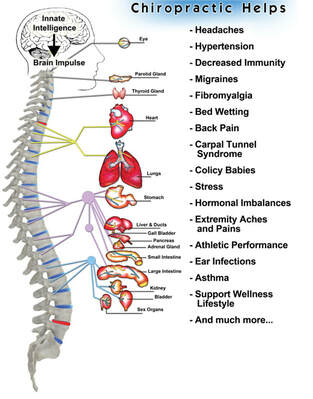Around the world, chiropractors are using over 100 adjustment techniques to alleviate pain, enhance joint function, and reduce inflammation. What are they doing for you?What you may typically find when you visit your local chiropractor is that they will focus on around ten or fewer adjustment techniques, catered to your exact needs. Some of those techniques use some force, known as spinal manipulation, while others can be gentle, called spinal mobilisation. Some chiropractors will also use a mixture of both, depending on what their expertise tells them you need.
Chiropractors don’t operate with a “one size fits all” approach to their treatment. Instead, after an in-depth consultation with you, they will formulate a plan that caters to your unique situation – be it pain alleviation, joint dysfunction, or joint inflammation. SPINAL MANIPULATION Spinal manipulation is one of the more traditional adjustment methods that chiropractors use. It also goes by other names such as the high-velocity, low- amplitude (HVLA) thrust, and the diversified technique. This chiropractic adjustment technique involves applying sudden, (but controlled), force to move the body into a particular position. Sometimes, you hear a “popping” sound during this treatment which is caused by the release of small pockets of gas in the fluid surrounding your joints. While this sound is prevalent in all these chiropractic techniques, there is no proof to determine that there must be one for the treatment to be effective. A chiropractic clinical data review in 2010 showed that this type of adjustment method could be beneficial for back and neck-related conditions such as migraines, headaches, joint conditions, and disorders associated with whiplash. SPINAL MOBILISATION Chiropractors use spinal mobilisation adjustment techniques for the same reasons as manipulation – for improving or enhancing your joint function. However, the process is far gentler and tends to be a preference for some patients. There are many reasons why a chiropractor or a patient may prefer the slower mobilisation method over the faster and more forceful manipulation technique. Some people might have a sensitive nervous system and require a gentler approach to reduce the risk of muscle spasms. Others may have bone conditions, arthritis, or other diseases that manipulation could aggravate rather than improve. The patient’s weight and pain severity can also play a part. As well as the many adjustment techniques, chiropractors may use other types of therapy as part of their treatment plans, such as massage, heat and ice, ultrasounds, and electric stimulation. Sometimes they may position you in specially designed chairs and tables to optimise the adjustment. In essence, chiropractors have a vast pool of different techniques to tap into and find out what works best for you. Everyone’s needs are different, which is why it’s important to talk to your chiropractor – a qualified health care professional. They can discuss your needs and symptoms before establishing a treatment plan that can provide the best outcome.
2 Comments
6/2/2020 04:55:32
Thanks for helping me understand the benefits of chiropractor care, I had no idea that it can help relieve migraines and stress. My uncle has been asking me to try having a session with a chiropractor to relieve my stress, and I've been curious since then. I should look for the nearest chiropractor near my area and schedule a session with them.
Reply
Leave a Reply. |
AuthorAdam's Back is a team of dedicated complimentary health professionals. Our aim is to support you in finding drug-free solutions for better health. Archives
July 2024
Categories |
Search by typing & pressing enter


 RSS Feed
RSS Feed